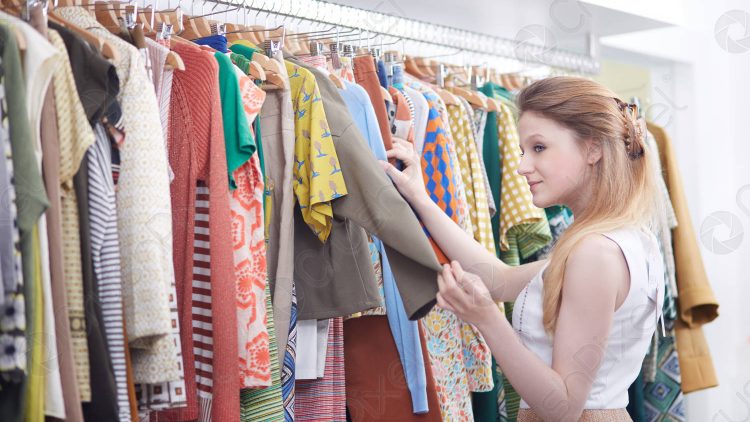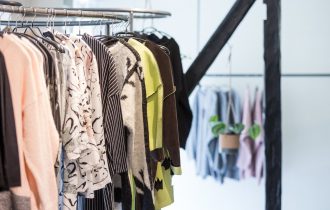Fashion Photography: Capturing Style and Beauty in Frames
Fashion photography is a powerful art form that seamlessly combines style, beauty, and storytelling. It is a captivating medium that not only showcases clothing but also conveys emotions, narratives, and the essence of fashion trends. From the early days of black-and-white photography to the digital age of today, fashion photography has evolved and thrived, leaving an indelible mark on the world of fashion. In this article, we will explore the intriguing world of fashion photography, its historical significance, the pioneers who shaped the craft, and its profound influence on the fashion industry.
Fashion photography as we know it today began to take shape in the early 20th century. The first fashion magazines, such as Harper’s Bazaar and Vogue, paved the way for fashion photography’s emergence as a distinct genre. The iconic fashion photographer Edward Steichen is credited with producing some of the earliest fashion images, utilizing natural light and artistic compositions to capture the elegance and grace of fashion.
The Golden Age of Hollywood and the glamour of the 1930s and 1940s brought fashion photography to new heights. The collaboration between photographers, models, and Hollywood stars led to stunning editorial spreads and campaigns. Photographers like Cecil Beaton and George Hoyningen-Huene became renowned for their innovative techniques and unique vision, elevating fashion photography to an art form.
Richard Avedon, one of the most influential fashion photographers of the 20th century, left an indelible mark on the industry with his iconic black-and-white images. He captured raw emotions and personalities, breaking away from the traditional posed portraits. Avedon’s bold and innovative approach continues to inspire photographers and fashion creatives, shaping the way fashion is portrayed in modern editorials and campaigns.
The 1960s marked a transformative era in fashion photography. The Swinging Sixties brought about a new wave of creativity, and photographers like David Bailey and Helmut Newton challenged traditional norms, embracing a sense of freedom and experimentation. The dynamic and revolutionary spirit of this decade influenced fashion photography, and the impact is still evident in contemporary shoots.
The advent of digital photography in the late 20th century ushered in a new era for fashion photography. The instantaneous feedback and editing capabilities offered by digital cameras revolutionized the industry, allowing for greater flexibility and creativity. Fashion photographers like Mario Testino and Annie Leibovitz embraced the digital medium, producing iconic images that define the visual language of modern fashion.
Fashion photography plays a pivotal role in shaping a brand’s identity and storytelling. Fashion houses carefully select photographers whose aesthetics align with their vision, resulting in cohesive and impactful campaigns. The collaboration between photographers, stylists, makeup artists, and models creates a visual narrative that resonates with the brand’s target audience, contributing to its recognition and success.
In recent years, fashion photography has undergone a transformation in terms of diversity and inclusivity. The industry has become more aware of the importance of representation, embracing models of different ethnicities, body sizes, and gender identities. Fashion photographers have played a crucial role in this movement, capturing beauty in all its diverse forms and challenging conventional beauty standards.
Fashion photography remains a cornerstone of the fashion industry, continuously evolving and shaping the way we perceive fashion. From its early beginnings to the digital age, photographers have used their artistry to capture the essence of style and beauty, leaving a lasting impact on fashion’s cultural significance. As the industry continues to evolve, fashion photography will continue to be an essential medium for expressing creativity, challenging norms, and telling compelling stories through the lens of style.











